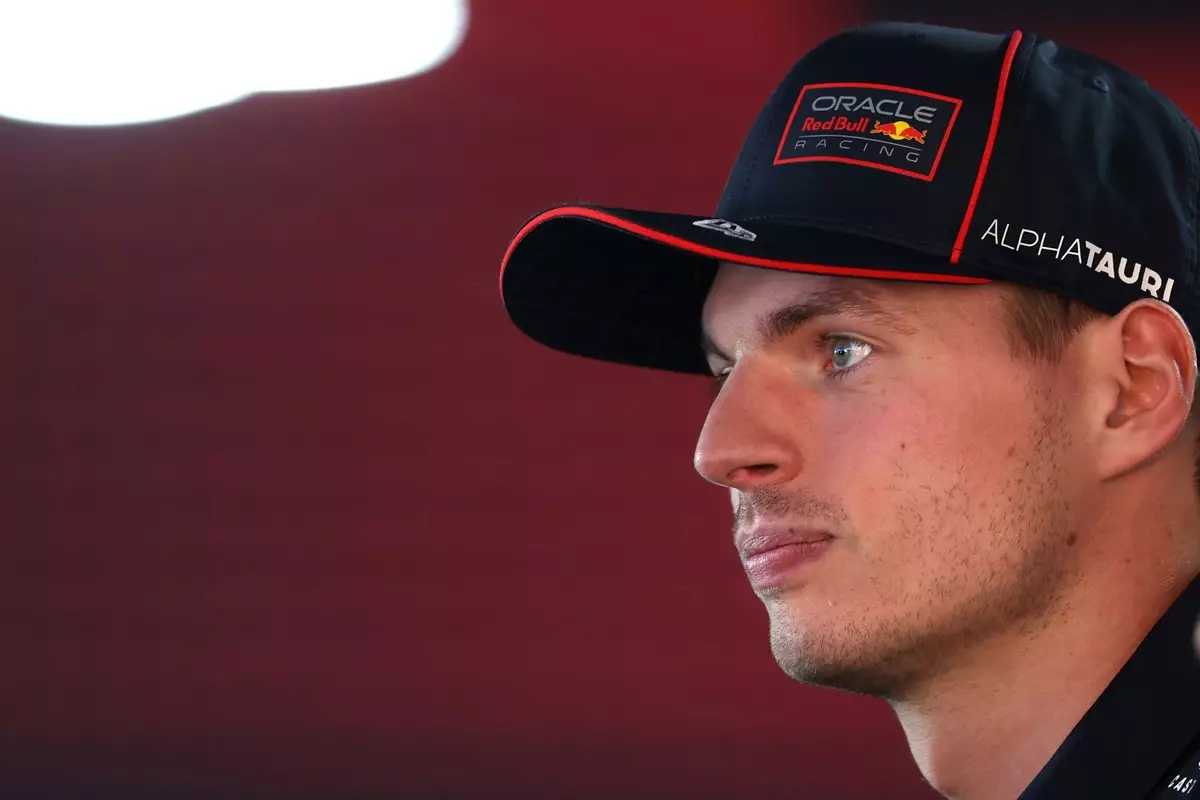Max Verstappen recently faced a tough reality check at the Miami Grand Prix, where the gap between Red Bull and McLaren was glaringly evident. Finishing a staggering 40 seconds behind race winner Oscar Piastri, Verstappen’s once-dominant team found itself grappling with race pace that didn’t match its credentials. Despite securing pole position, Verstappen quickly discovered that the race atmosphere dramatically favored McLaren, leaving Red Bull in a space where lamentation seemed more fitting than celebration. His defeat sparked significant introspection, emphasizing not only the performance merits of his car but also the glaring weaknesses behind its race pace under real conditions.
Technological Upgrades: A Double-Edged Sword
Looking ahead, Red Bull is implementing upgrades for the 2025 season, including changes to the floor dynamics of Verstappen’s car in hopes of combating the performance gap. His teammate, Yuki Tsunoda, is also set to receive the same enhancements ahead of Imola, which raises the question: Will these modifications be sufficient to close the performance chasm that separates Red Bull from McLaren? Verstappen’s response was measured, highlighting the incremental nature of these updates. While he expresses hope for improvements, he remains grounded in the reality that these adjustments would only marginally improve their situation. The anticipation of more robust performance remains tempered by the expectation that the race pace concerns won’t be resolved immediately.
The Pitfalls of Reliance on Upgrades
The belief that technological upgrades can yield substantial performance leaps might often lead teams astray. When asked about expectations from the RB25’s latest modifications, Verstappen cautiously reaffirmed that these changes would only yield a “little bit” of improvement. This rhetoric reflects a larger trend in Formula 1 where teams sometimes place unrealistic hopes on their ability to redraw the competitive landscape overnight. Especially when wrapped within the confines of strict regulations and time constraints, the notion of swift transformation becomes a daunting proposition. The complex interplay of aerodynamics, tire performance, and race day conditions mean that, even with the right upgrades, the results don’t always necessarily follow suit.
The Role of Tire Management
One of the key issues that Red Bull must confront is its tire management strategy, particularly in high-degradation scenarios. Verstappen’s acknowledgment of his team’s tire struggles compared to McLaren is telling. He highlighted the perplexity surrounding McLaren’s tire management, recognizing it as a pivotal area where Red Bull needs to catch up. Understanding why McLaren appears less susceptible to tire degradation in demanding races is a complex puzzle that eludes straightforward solutions. Verstappen’s candid insight into this pressing dilemma signals that merely introducing new technology won’t suffice unless Red Bull can effectively recalibrate its entire approach to tire usage on the track.
The Impact of Regulation Changes
Upcoming regulatory changes, particularly regarding flexing front wings, are anticipated to influence how teams navigate performance adjustments. While McLaren is perceived to be leveraging these aerodynamic elements adeptly, the reconfigured load tests aim to rein in any advantages stemming from excess elasticity. Despite the excitement and curiosity surrounding such changes, Verstappen has voiced skepticism about their transformative potential. He firmly stated that these regulations would hardly account for the significant gaps seen on race day, implying a belief that external regulatory shifts may not remedy inherent issues within Red Bull’s performance framework.
A Grim Outlook or a Chance for Growth?
Verstappen’s reflections echo a broader dilemma within Red Bull: whether to view their current standing as a setback or an opportunity for important growth. His forthright assessments of the team’s deficits reveal an athlete who, while fiercely competitive, is equally realistic about the challenges ahead. This paradox—standing at the pinnacle of one’s sport while grappling with newfound threats from competitors—captures the heart of the current Formula 1 landscape. For Red Bull, the journey toward regaining competitive dominance will require not just incremental upgrades but a fundamental reassessment of their race strategies, technological innovations, and, crucially, their approach to tire management. As the season progresses, only time will tell how they rise to these formidable challenges.


Leave a Reply